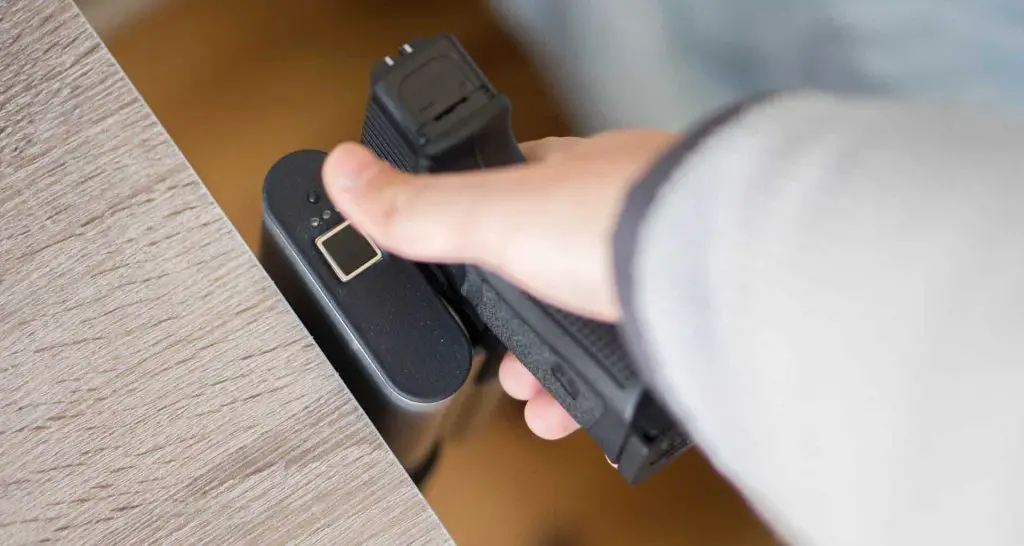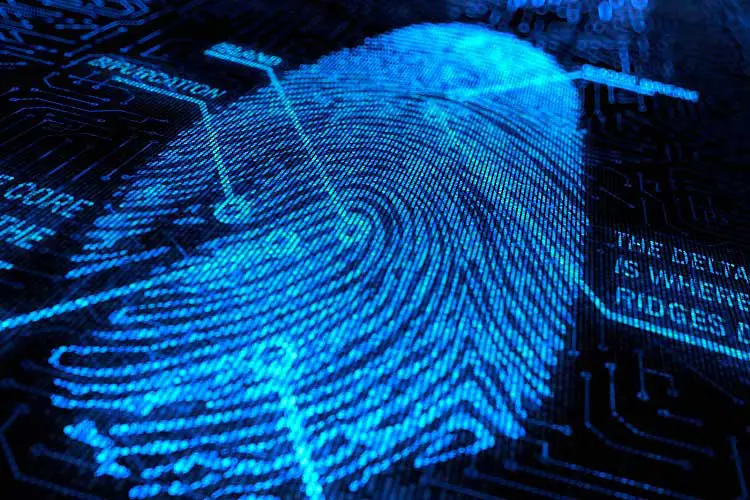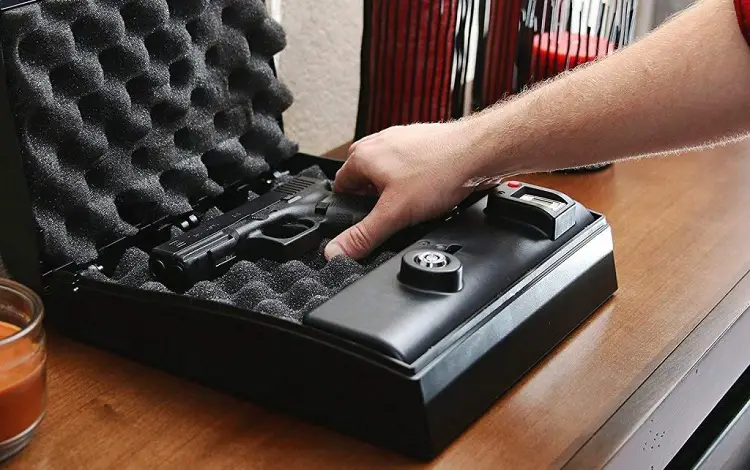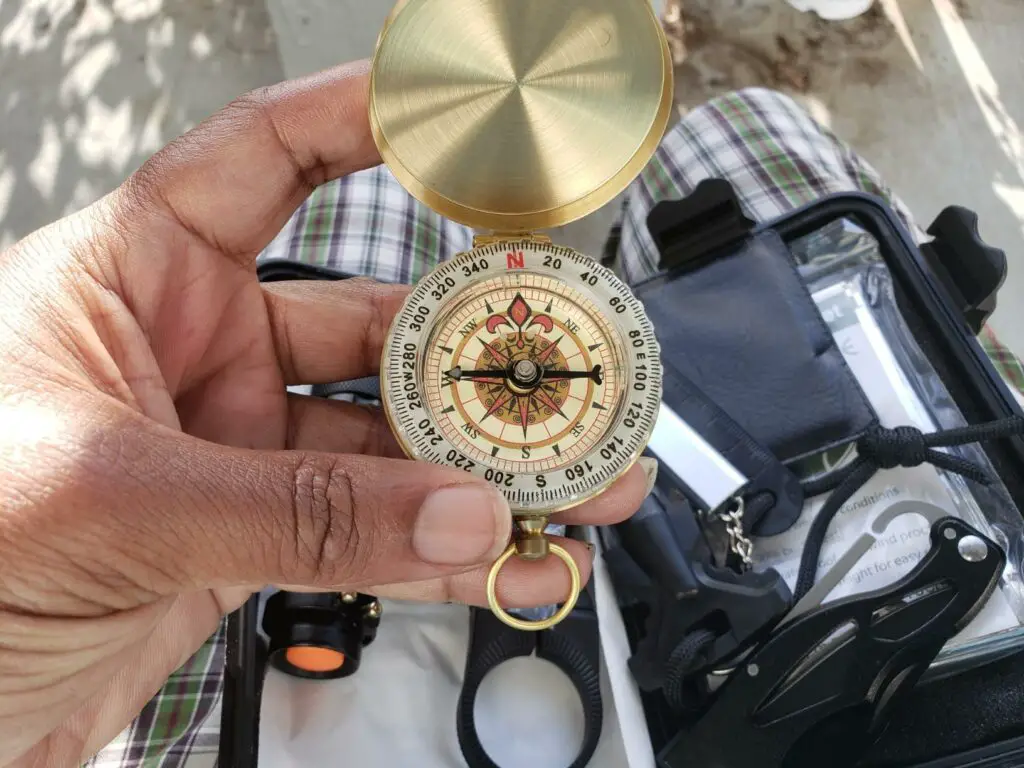
How Does a Biometric Handgun Safe Work?
One of the most important aspects of gun safety is storage, so where and how you secure your firearm when it’s not in use requires a lot of thought.
A biometric gun safe has been touted as a futuristic method for gun storage, but as a relatively new invention, there are concerns about its effectiveness.
How does a biometric handgun safe work? A biometric handgun safe usually relies on an accurate scan of the fingerprints of the owner to open it, but there are other variations like facial recognition and retina scanning available in this technology.
As a means of gun storage, there are pros and cons to consider before utilizing it, so it needs to be weighed up carefully.
If you’re looking for a new way to store your handguns and have considered taking this modern route, we can answer all of your questions.
This guide to biometric handgun safes will dive into their security features, how they work, and the pros and cons that they bring to the table.
What Is a Biometric Handgun Safe?

A handgun safe is a traditional place to store firearms and ammunition, and in the past, they’ve generally been opened by a combination lock or dial.
The biometric handgun safe was developed as a more modern and convenient way of storing firearms, instead of relying on the human body to unlock it.
These safes feature much the same in terms of construction and material as other safes, and they’re designed to keep unwanted users away from the weapon, as well as protect against flood, fire, and natural disasters.
The key difference is that they’re opened using biometric technology, with a fingerprint scanner being the most common method of operation.
A biometric handgun safe works on the premise that only the owner will be able to open it, as they use an identifier like a fingerprint or retina that is unique to them.
When compared to other methods of firearm safes, they’re still new on the scene but have been growing in popularity among those who want somewhere modern and convenient to store their weapons.
How Does Biometric Technology Work

To get a better understanding of how these firearm safes work, we need to get a grasp on biometrics as a whole.
The technology of biometrics is the use of any metrics that can be linked to human biology, and it uses these physical characteristics to verify the identity of the person hoping to unlock the safe.
There are lots of approaches to biometrics and ways that you can be identified, but the fingerprint scan is most commonly found on handgun safes.
Other physiological traits include retinas or entire faces, and some even use behavioral traits like how a person would solve a particular puzzle.
The device using biometrics to keep it locked will need to learn the characteristics from the user, usually by completing a number of fingerprint scans taken from all angles.
To be effective, biometric data must be permanent and unique to the individual, which is why fingerprints are such a common method.
Once your finger is placed on the scanning device of the safe, it’s then measured and compared to the data stored, and if it’s a match, the safe will unlock.
There are varying degrees of quality and security that a biometric handgun safe offers tough, so they can’t all be categorized as one.
The Pros And Cons Of These Devices

Selecting a safe storage space for your firearm and ammunition is a critical part of responsible ownership.
If you’ve been thinking about using biometrics to store your handgun, take a look at the good, bad, and ugly that these types of safes provide.
Pros
- Convenience: If you’ve ever used a fingerprint scanner before, whether on a smart door lock or smartphone, you know how quick and easy it is to get something open. Rather than having to remember a combination or finding a key to unlock it, it’s as simple as placing your fingerprint on the scanner and letting it do the rest. The average time to open one of these is around one second, which could make a huge difference in certain situations.
- Unique to you: Other methods of locking a gun away, like a combination safe or digital keypad, can be infiltrated by others if they spend enough time around you. If you’re worried about kids hanging around or someone watching you while you enter a safe, this isn’t a concern with a biometric safe. The data used to open it is something that can’t be hacked or copied and is completely unique to you.
- Improving technology: There’s a huge focus on biometrics in all aspects of our lives, and especially when it comes to storing firearms and ammunition. Not only is the technology getting better by the day but it’s becoming more affordable and accessible by the average user, so you’re getting more bang for your buck. This improving technology means biometrics will become the norm in the future, but as it stands now, there are still some things that need improving.
- Secure: Biometric safes are secure and will do an adequate job of locking away your ammunition and firearms. The cheaper options for biometric safes aren’t as reliable, but the same could be said for any type of safe. Many of these safes include pry-proof features so even if they manage to get the scanner off, they won’t be able to access the weapon or anything kept inside.
Cons
- Limitations in scanning: One of the biggest problems with this technology is that there can be limitations in how accurately it verifies biometrics. When using a fingerprint scanner specifically, there’s the chance that things like blisters or cuts on the finger can cause an inaccurate reading which won’t let you in. When faced with an emergency, not being able to access a safe because of a cut on your finger is not ideal, and can cost you priceless seconds.
- Still expensive: Although the price of these devices is coming down all the time, they’re still expensive. When you compared the security of one of these that cost $500 compared to a traditional safe, you get a lot more bang for your buck when you don’t have to pay for the technology portion of a safe as well. The basic models that cost around $100 aren’t worth your time or money either.
- Unreliable: A traditional gun safe will always be accessible unless it has some obvious flaw, as long as you have the right code or combination. However, the grouping of technology with security means biometrics is not always the most reliable method. The lifespan of one of these safes is not as high as a traditional model, and the technology will eventually start to fail, which makes the entire device unusable.
Gun Safety Of The Future
The use of biometric technology for storing firearms is relatively new in the grand scheme of things, and there’s no telling the heights it will reach in the future.
If guaranteed safety is your number one priority when it comes to your firearm though, there are more effective traditional methods that should be your first preference until these technologies develop further.
Related Questions
A biometric safe is just one way you can keep your gun away from others, but it shouldn’t be the only one you consider.
If you have further questions about storing a firearm the right way, we’ve got answers, so check out these FAQs that can give you a push in the right direction.
How Often Should A Stored Gun Be Cleaned?

A gun that hasn’t been fired and is stored away will still require cleaning every six months, and possibly more often in some climates and with older firearms.
This gives you a chance to inspect the gun, perform general maintenance, and keep it clean and ready to be safely fired when you need it.
How Do You Store a Gun?
Using dedicated firearm storage safe or case is recommended, and it should always be locked and with ammunition stored separately in a locked case as well.
Before storing a firearm, clean it and remove any ammunition, and ensure the storage space is clean, cool, and dry as well.
Is It Bad to Store Guns in a Case?
A gun should never be stored in the original box it came in, nor any other soft fabric or leather cases, as they have poor circulation, attract moisture, and are not safe.
A gun should always be stored in a designated firearm safe so it can be kept securely and in the right conditions to protect them from damage.
Resources:
![8 Best Pellet Gun Accessories [2023] 7 pellet gun accessories](https://www.armorholdings.com/wp-content/uploads/2022/11/pellet-gun-accessories.jpg)
